The Complete guide to ZIVA Dynamics
Release date:2022, March
Author:ALAOUCHICHE Abdelhamid
Skill level:Beginner
Language:English
Exercise files:Yes
Ziva Dynamics is a plugin that was used in many Hollywood and Marvel movies such as Venom, Captain Marvel, Spider-man, Godzilla, Jumanji,
Ziva was recently adapted in games such “Hellblade 2 Senua’s Saga” and will be used more after being acquired by Unity3D company.
The Ziva pipeline can be daunting because everything in it is related to each other, from Modeling to Animation.
I put this course together for my students to clarify all the ambiguities concerning the Ziva pipeline in a single crash course that is carefully structured and starts from a character in the scene to a final shot.
The course is divided into multiple chapters, and most lectures are under 12 minutes long (The most extended address is 15 minutes) to make it easier for the students to follow and go back to any particular topic at any time if needed.
Students will start the course with the necessary knowledge concerning preparing the character for the Ziva plugin.
Chapter 01 Modeling
Students will learn how to place the bones and muscles and quickly create the fascia and inner mesh to create a water-tight mesh. Even though you won’t be modeling in a studio, you need this knowledge to guide the modeler to deliver compatible modeling for the Ziva.
Chapter 02 Rigging
The longest chapter and the heart of Ziva because all the muscles and their deformations are going to ride on top of our rig, So we make sure to teach the students how to rig a character using a couple of methods anatomically, we even provided two solutions for the problematic elements, one is simple, and the other is advanced.
Chapter 03 MOCAP
Ziva is a plugin based on absolute deformation equations; students will explore the advantage of the rig created previously and how easily the rig is set up to accept MOCAP of any kind. Also, the animator can introduce manual tweaking using our friendly rig.
Chapter 04 Ziva
Students will start learning the Ziva plugins with a practical approach, hands-on; in each lecture, they explore a feature of Ziva while building their Ziva rig until the end.
We wrap up this chapter by learning how to merge the skinned mesh and the ziva simulation to get the animation of the fingers and the head and more explanation about fixing problems from the simulation.



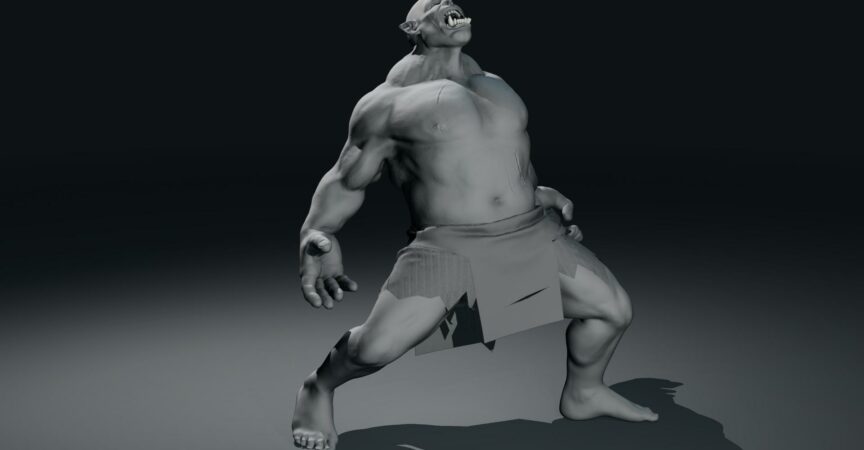

 Channel
Channel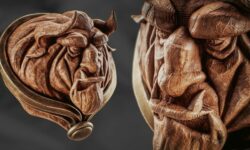
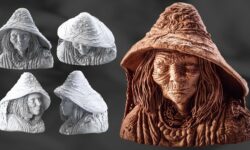
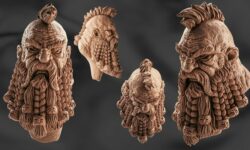

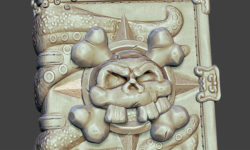


please someone add this